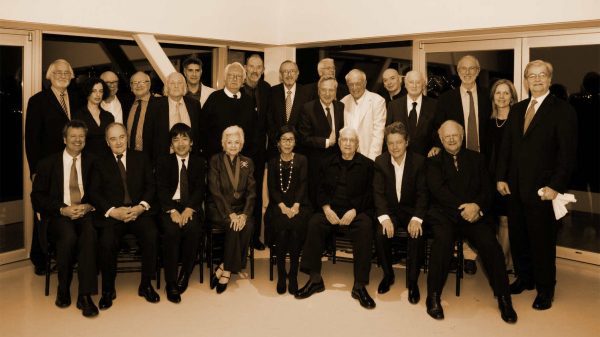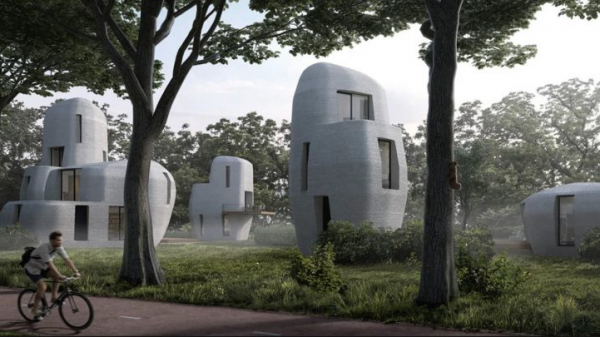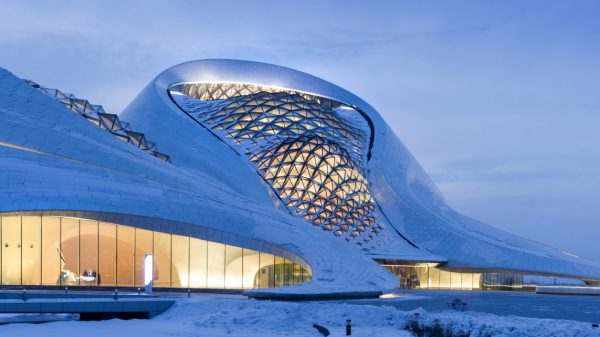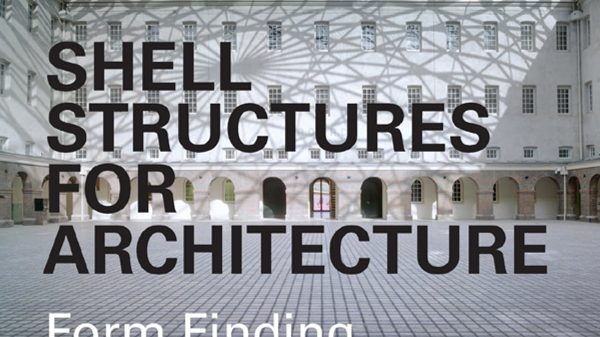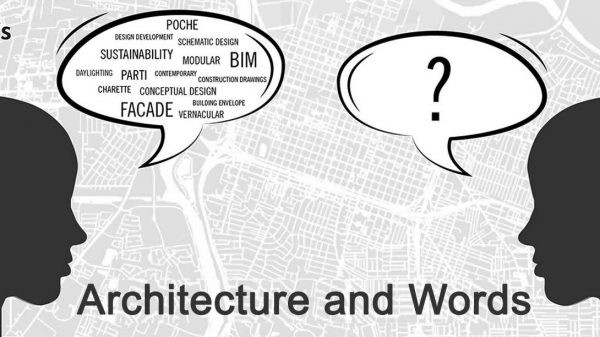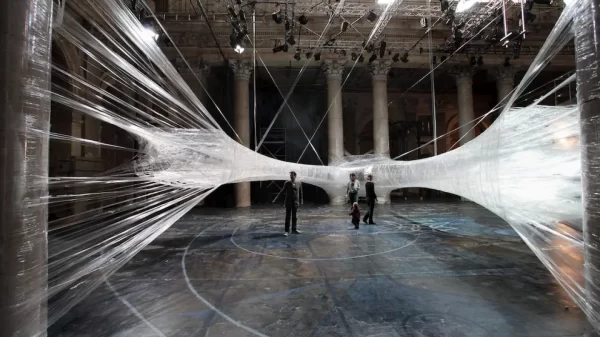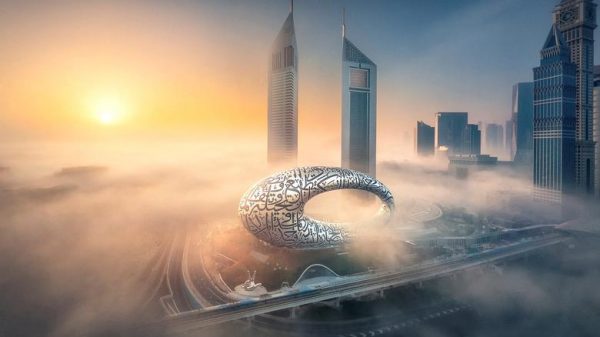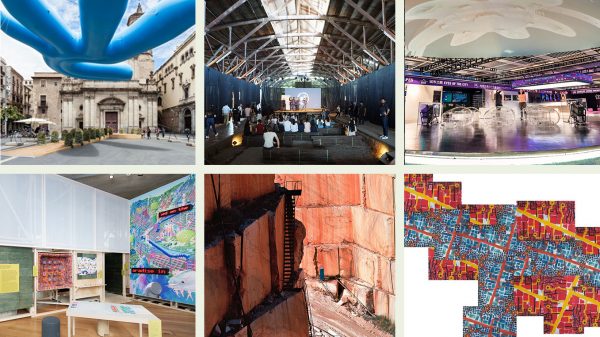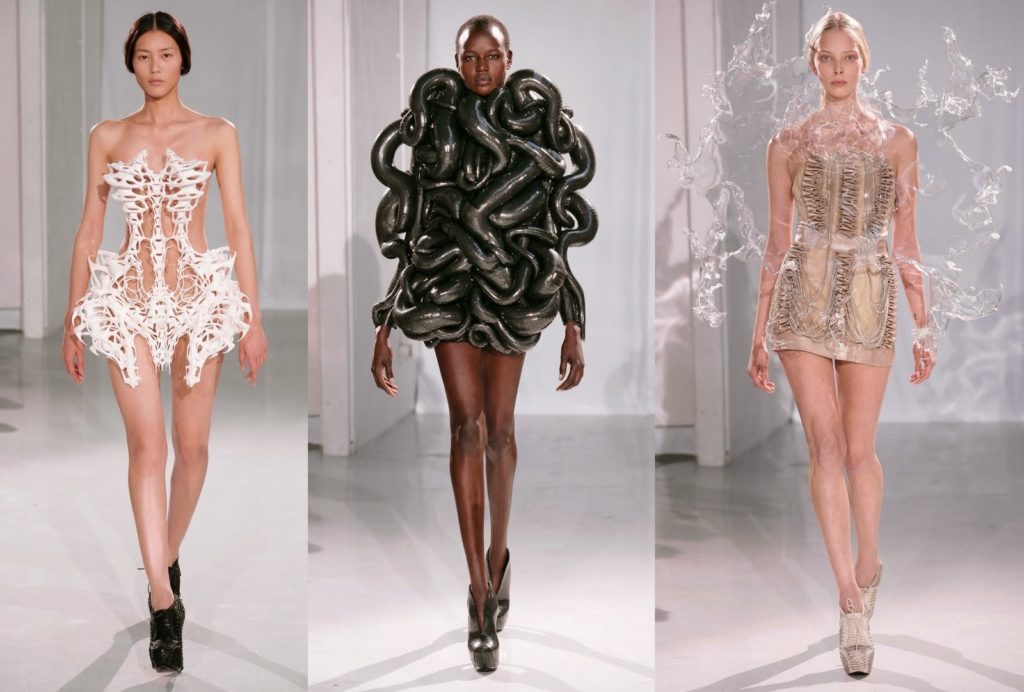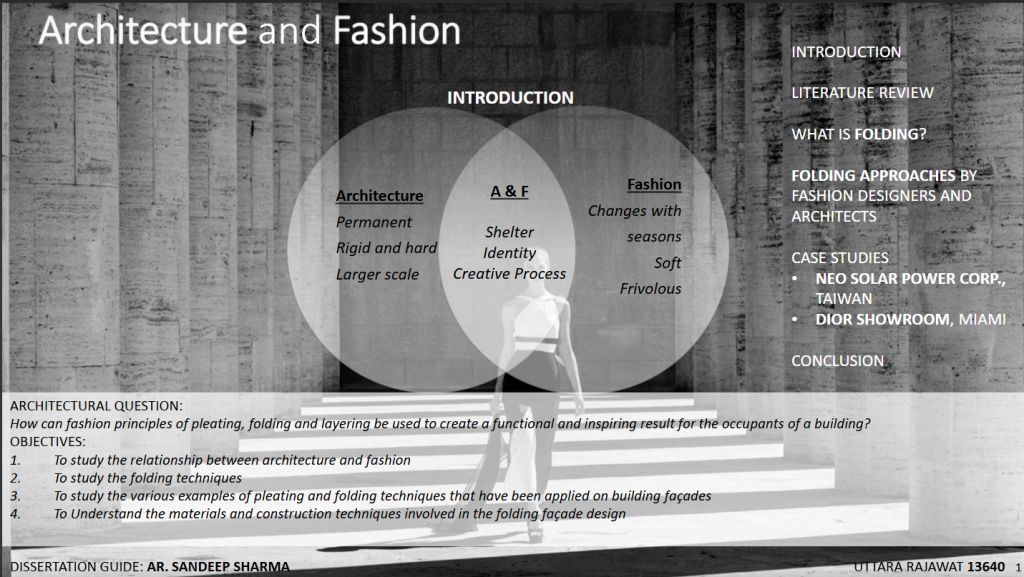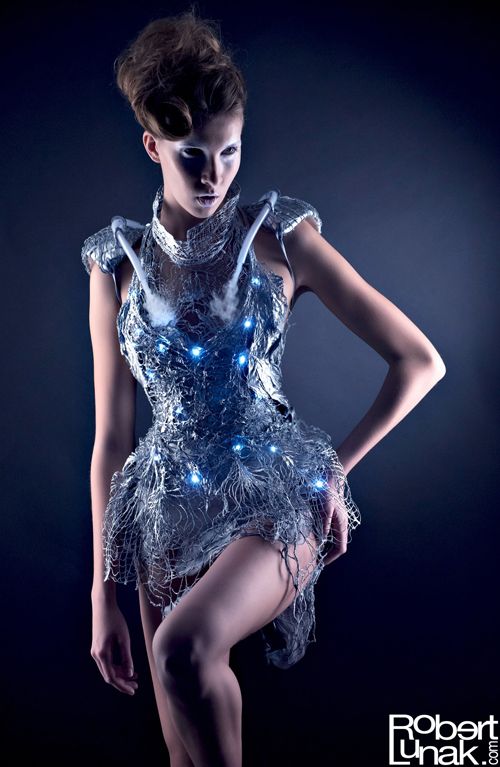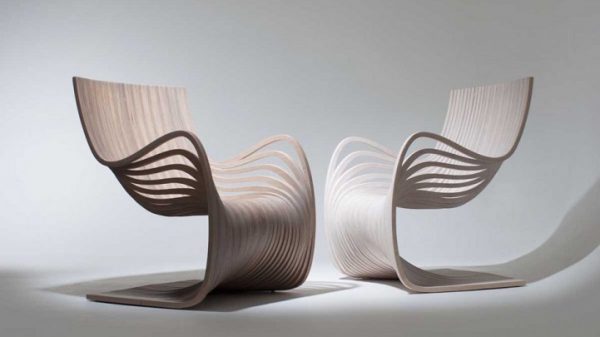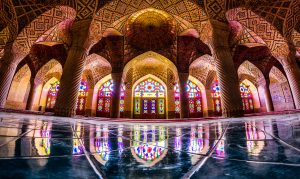The close relationship between Architecture and Fashion (hereafter A&F) is often referred to the use of the same material for covering of his body and for building shelter of the earliest man. The recent exhibition on this relationship Skin + Bones (24 April – 10 August 2008) has also explored several parallel practices between these two disciplines from 1980s to onwards. These practices included digital design process, use of complex geometry, colours, lines, lights, etc. Globalisation, which is widely accepted as the advancements in technology, particularly transportation and communication means, enabled both A&F to develop more possibilities in design and flexibility in application.
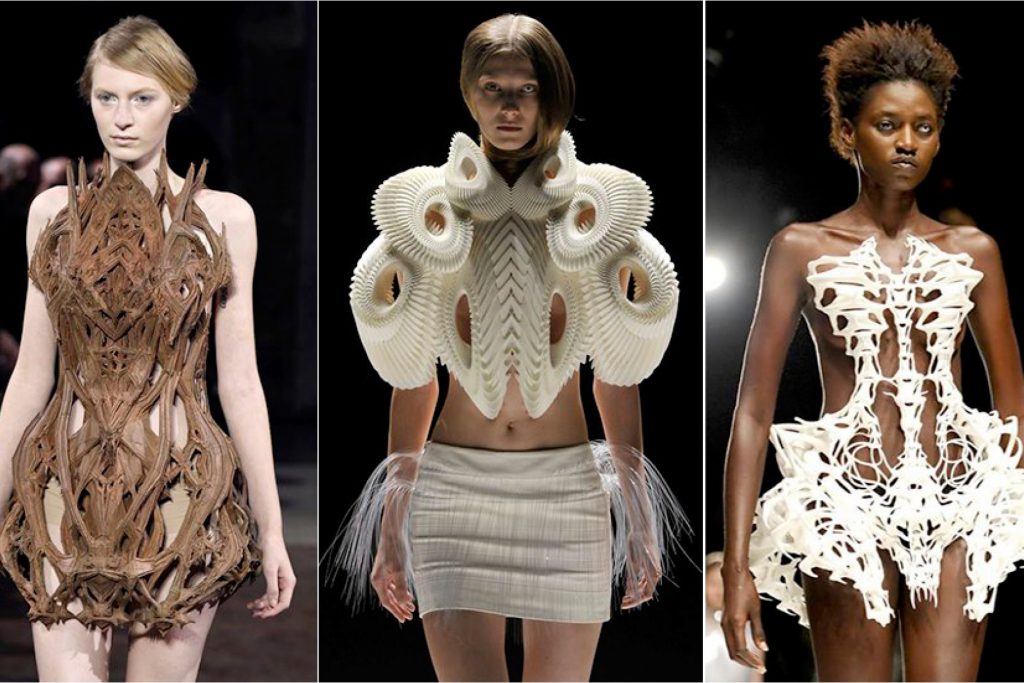
Thus one of the aims of this article is to explore the common characteristics and interrelation between Architecture and Fashion in a global concept. In fact, this idea has arisen from the observation of parallel growth of materiality and identification in fashion and architecture designs and implementations. Our main argument is that, the close relationship between A&F, could create a risk for architecture reducing the architectural ideology to the cladding and exterior picture, only.
Regarding to the relation between A&F, we take conceptual, visual-imagery, and contemporary – age of globalisation approaches to explore the synergetic and disharmonious relation between the two fields. In the conceptual exploration, the concepts of beauty and its relation to architecture will be first explored in order to find out fashion’s and architectures common aim to create the beautiful or perfect shelter and dwelling for the human being.
From the conceptual point of view, both A&F reflects the taste, identity, and culture of the individual and the society at a given period. However, this period is greatly short for Fashion compared to the eternity of architecture. “If style is the language of architecture, fashion represents the wide – and – swirling-cultural currents that shape and direct that language” says Rybczynski,
architectural reputation, as well as architecture comes on the fashion’s sway. Therefore, at its most basic, “the mission of architecture is application of a style on a space in order to express our taste.
On the identity side, the fashion system, as described by Barthes (1983, 277) is a “cultural object, with its own original structure, and probably, with a new finality… through the language which henceforth takes charge of it, Fashion becomes narrative”. Therefore fashion manipulates the visual language as a means of reflecting the identity of individuals in specific, and the culture of the society in general while architecture, in a broader sense goes beyond manipulating the visual language, but is more sophisticated in terms of manipulating the concept of the whole space. Fashion is somewhat a reflection of the collective identity of a given group, such as, same gender, age group, occupational group, and so on, while architecture is for everyone in a given society. While fashion is shaped by the individuals, architecture shapes the society through the spatial applications. In sum, fashion can be described as the wall of the body while architecture is the body itself and the dwelling surrounding that body.
On the visual and imagery approach, A&F share more in common, especially with the developments in material and digital techniques, such as, high tech textiles, pliable building materials, computer assisted design (CAD) software, and all that. One commonly observed contemporary fact that architecture and fashion are both enjoying the use of pliable and flexible materials which enables architects, such as, Zaha Hadid and Rem Koolhass to borrow pleating techniques from the fashion designers and fashion designers, such as, Lucy Orta and Yeohlee Teng borrowing from the concept of urban space and durability from architects However, these borrowings today are observed so frequently that it holds a danger for architecture to be reduced to surface, and the harmony between the outer and inner of the structure is almost lost (this will be further explored and discussed in the globalisation concept).
The body can be seen and thought of as a machine, a vehicle, as well as a building. Therefore it could be stated that dressing of an individual provides a definition of personal space as do architectural structures though they are bigger in scale. Fashion and architecture have many connections: they both aim to “make” shelter for the human being and reflect our taste. In this concept, it is widely accepted that fashion and architecture relation started with the earliest men who used the same material for their clothing and for housing/shelter. This relationship has lead closer connections between the two disciplines, such as, both fields have commonalities in their design process which makes them share the same boundaries: Both architects and fashion designers aim to create perfect, comfortable and beautiful forms for the human body.
Technology and innovation are an important part of this, but nature is my source of inspiration. That can not be otherwise, because I work for the body. Many people see nature and technology as two very different things, but I see technology as a simplified version of biological processes. — L’Officiel
On the other hand, Architecture and Fashion differ in many ways, such as, Fashion is inevitable to die in shorter time than architecture, it is related to smaller scale, and most importantly, Fashion is more about marketing and consumption while Architecture is monumental and relates to eternity. These differences altogether create a thread of commodification and commercialisation for Architecture. Architecture acts as a shaper of space, i.e., it acts as a symbolic metaphor and an agent of the society’s cultural values. Since the outer space reflects our inner spaces, this commodification and commercialisation might lead Architecture to lose its mission in the social life. Therefore this work suggests that Architecture should get engaged in human spaces, traditions and cultural values of the society, sustainability, eternity, and wholeness of the life, rather than temporality of fashion.
Haute couture made its debut in 1858 with Charles Frederick Worth’s iconic House of Worth. Since then fashion’s historical timeline has influenced architects and designers in numerous ways. Fast forward to 2018, this relationship with architects has not faded. Zaha Hadid and Neri Oxman, for example, have used fashion as another element to display methods of architectural practice. With the evolution of the 3D printer, creating mesmerizing shapes and forms has allowed for the possibilities of fashion to transform into something more than just a pretty dress.

This articel aims to explore the relationship between Architecture, Technology Fashion from conceptual, imagery, materiality and global perspectives. This study proposes that in today’s highly globalised world, it is almost impossible to practice architecture separate from fashion since both arts are responsive to the individuals’ and the societies’ culture and environment. In a conceptual sense, both Architecture and Fashion address psychological perceptions, and spatial structures. From the imagery – visual view of point, both arts reflect the taste of the individuals who occupy those spaces, and from the materiality context, Architecture and Fashion have many in common, such as, use of fabrics and materials, use of technology, and from the global point of view, both arts and artists in these fields have an opportunity to interact closely with each other in especially socially responsive, more sustainable, and economical design. The work sets out to explore the role of Fashion in Architectural design and visa verse from exploratory and interpretive perspectives, presenting preliminary findings from the literature survey, visual materials, manifestos of the designers, and personal observations and interpretations. This study differs from the previous studies in the sense that although much of the literature finds out that the relation between Fashion and Architecture is almost a must and inevitable occurrence, and they propose closer relationships, this study proposes that this fact creates a risk for Architecture to depart from conceptualisation and to move towards commercialism and commodification.
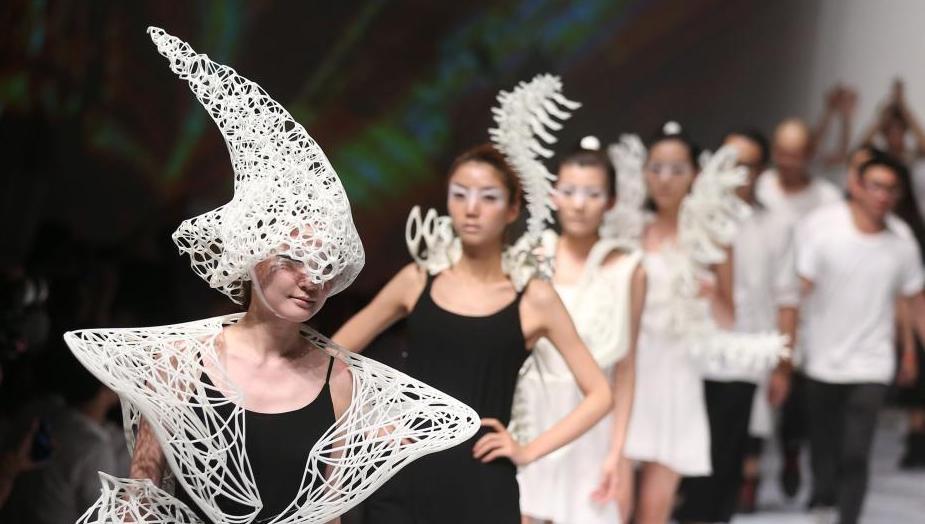
Acclaimed Dutch designer, Iris Van Herpen, blends fashion, science, and technology to create rhythmically stunning works. High fashion and the art of 3D fabrication is becoming more and more prevalent on the runway, and Van Herpen’s Syntopia is no exception. In collaboration with Studio Drift’s kinetic installation, In 20 Steps, the glass sculptural piece accompanies Van Herpen’s collection down the runway. Mimicking the movement pattern of a bird in flight, each dress is digitally designed, draped and woven together using a variation of laser-cutting techniques, parametric filing, and layering. As the models and their flowing gowns move down the runway, Studio Drift’s overhead instillation begins to oscillate creating a beautiful effect of continuous movement.

“For this collection I looked closely at the minutiae of bird flight and the intricate echoing forms within avian motion. The artists Studio Drift and the scientist Etienne Jules Marey inspired me to look more closely at the draping of a garment through chronophotography. By slowing down time into split seconds I started breaking down the usual draping of fabric, to then layer the milli-seconds all slightly shifted, like the layering of a bird’s feather.”
Designers like Van Herpen, Oxman, and Hadid have influenced many to see fashion not only as a superficial product that is free of context, but as an expressive tool to propel both practices. Students from SCI-Arc’s Architectural Technology EDGE program, Laure Michelon and Silvia Nanu, took inspiration from designers like Iris Van Herpen and Alexander McQueen too create their own versions of fashion blending with architecture.


“Our class stemmed from learning how to code and work with the Robot House at Sci-Arc. We needed to come up with a final deliverable that would help us learn how to use the robots and work through the process of coding for them” Michelon and Nanu explains. “We were aiming to find ways and solutions to 3D print directly on the mannequin. Along with our inspirations, these techniques also influenced the figure forms of our project, Armor.” When asked where digital fabrication will take fashion and architecture both stated, “It will allow for more design options and alternatives in both fashion and architecture. The robots can allow for precision and optimization in new materials and discovering geometries. The robots are a supportive tool to approach this exploration.”
From the runway to the architecture studio, new design techniques are being explored thanks to digital fabrication and other sciences. Many may have their own ideas of whether fashion should stick to its traditional approach, however, Van Herpen explains that although fashion innovation is based on traditional craftsmanship, designers no longer live in the machine world but in the era of technology. Van Herpen’s first exposure to 3D print designs was during the creation of a dress inspired by the new Stadelikj Museum. “I came up with a design that I had no idea how to make by hand. In the architecture, a lot of work was done with 3D printing, including for prototypes, so I looked for it in that corner.” Trailblazers such as Iris Van Herpen use their passion for innovation to continuously show where new techniques are available and what is possible.
In this way, architecture becomes a consumer production, rather than the interpretation of the space. Architecturally, we aim to represent the timeless architecture tailored according to the timeliness of the contemporary era.
Fashion changes with the times and technological advances and, without a doubt, 3D printing already plays an important role in this industry, providing tools to develop and produce items that were previously unthinkable.












